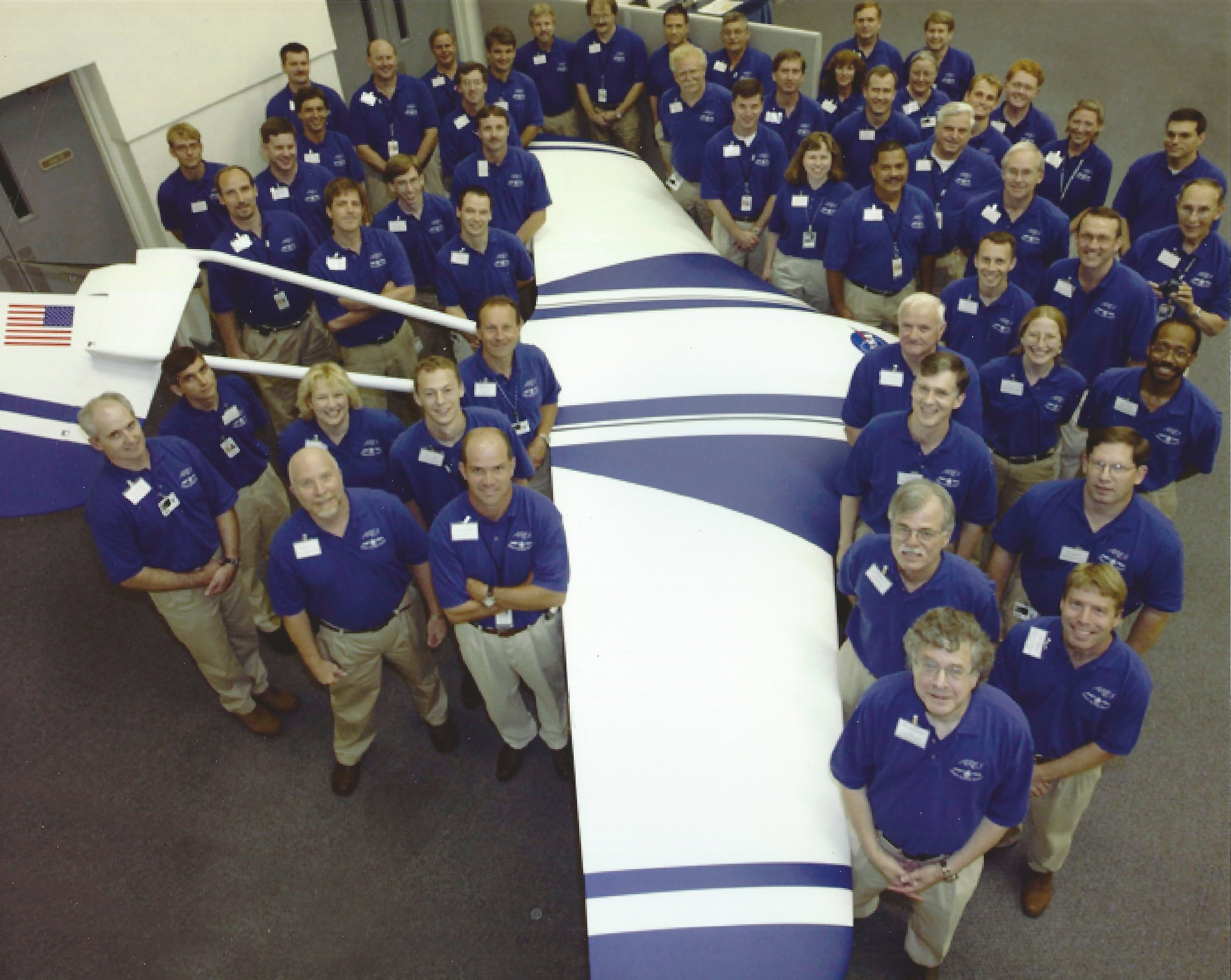Aerial Regional-scale Environmental Survey on:
[Wikipedia]
[Google]
[Amazon]
The Aerial Regional-scale Environmental Survey (ARES) was a proposal by
 ARES would transit to Mars via a cruise stage and enter the Martian atmosphere in a traditional
ARES would transit to Mars via a cruise stage and enter the Martian atmosphere in a traditional
TEDtalk: Joel Levine - Why we need to go back to Mars
{{Mars spacecraft Mars Scout Program Cancelled spacecraft Cancelled aircraft projects NASA aeronautical programs Extraterrestrial aircraft Aircraft related to spaceflight
NASA
The National Aeronautics and Space Administration (NASA ) is an independent agencies of the United States government, independent agency of the US federal government responsible for the civil List of government space agencies, space program ...
's Langley Research Center to build a robotic, rocket-powered airplane
An airplane or aeroplane (informally plane) is a fixed-wing aircraft that is propelled forward by thrust from a jet engine, Propeller (aircraft), propeller, or rocket engine. Airplanes come in a variety of sizes, shapes, and wing configurat ...
that would fly one mile above the surface of Mars
Mars is the fourth planet from the Sun and the second-smallest planet in the Solar System, only being larger than Mercury. In the English language, Mars is named for the Roman god of war. Mars is a terrestrial planet with a thin at ...
, in order to investigate the atmosphere, surface, and sub-surface of the planet. The ARES team, headed by Dr. Joel S. Levine, sought to be selected and funded as a NASA Mars Scout Mission for a 2011 or 2013 launch window. ARES was chosen as one of four finalists in the program, out of 25 potential programs. However, the Phoenix
Phoenix most often refers to:
* Phoenix (mythology), a legendary bird from ancient Greek folklore
* Phoenix, Arizona, a city in the United States
Phoenix may also refer to:
Mythology
Greek mythological figures
* Phoenix (son of Amyntor), a ...
mission was ultimately chosen instead.
ARES would have traveled to Mars compactly folded into a protective aeroshell; upon entry in the thin atmosphere, the capsule would have deployed a parachute to decelerate, followed by ARES release at altitude.
As well as the aforementioned goals, the aircraft would also have investigated the atmosphere of Mars and its weak magnetic field.
Goals
ARES would have been able to measure the crustal magnetization, spatial variability, and field magnitude of Mars, as well as resolving the crustal magnetism source structure with a spatial resolution two orders of magnitude higher than theMars Global Surveyor
''Mars Global Surveyor'' (MGS) was an American robotic space probe developed by NASA's Jet Propulsion Laboratory and launched November 1996. MGS was a global mapping mission that examined the entire planet, from the ionosphere down through t ...
.
ARES would also have allowed scientists to help determine the role of water vapor in the Mars atmospheric chemical cycle, and would have searched for potential biogenic gases, volcanic gases, and chemically active gases to determine their spatial distributions and to locate and/or constrain local sources and sinks. At the same time, ARES would have attempted to characterize the structure and dynamics of the Mars atmosphere's boundary layer
In physics and fluid mechanics, a boundary layer is the thin layer of fluid in the immediate vicinity of a bounding surface formed by the fluid flowing along the surface. The fluid's interaction with the wall induces a no-slip boundary cond ...
, as well as its water-equivalent hydrogen abundance and ice burial depth over greatly improved spatial scales compared to past missions.
Design
 ARES would transit to Mars via a cruise stage and enter the Martian atmosphere in a traditional
ARES would transit to Mars via a cruise stage and enter the Martian atmosphere in a traditional aeroshell
An aeroshell is a rigid heat-shielded shell that helps decelerate and protects a spacecraft vehicle from pressure, heat, and possible debris created by drag during atmospheric entry (see blunt body theory). Its main components consist of a heat ...
with heat shield. At the right altitude it would unfold itself into its flight configuration. Propulsion would likely have come from a bipropellant
The highest specific impulse chemical rockets use liquid propellants (liquid-propellant rockets). They can consist of a single chemical (a monopropellant) or a mix of two chemicals, called bipropellants. Bipropellants can further be divided into ...
rocket engine, which was a focus over other types of propulsion during its development, but propulsion remained undetermined. The two main criteria used to evaluate the propulsion system were flight range and implementation risk. Possible propulsion technologies were electrical motors, internal combustion and rocket systems. The aircraft was intended to fly for about one hour.
See also
* * * * Mars Helicopter ''Ingenuity''References
External links
TEDtalk: Joel Levine - Why we need to go back to Mars
{{Mars spacecraft Mars Scout Program Cancelled spacecraft Cancelled aircraft projects NASA aeronautical programs Extraterrestrial aircraft Aircraft related to spaceflight